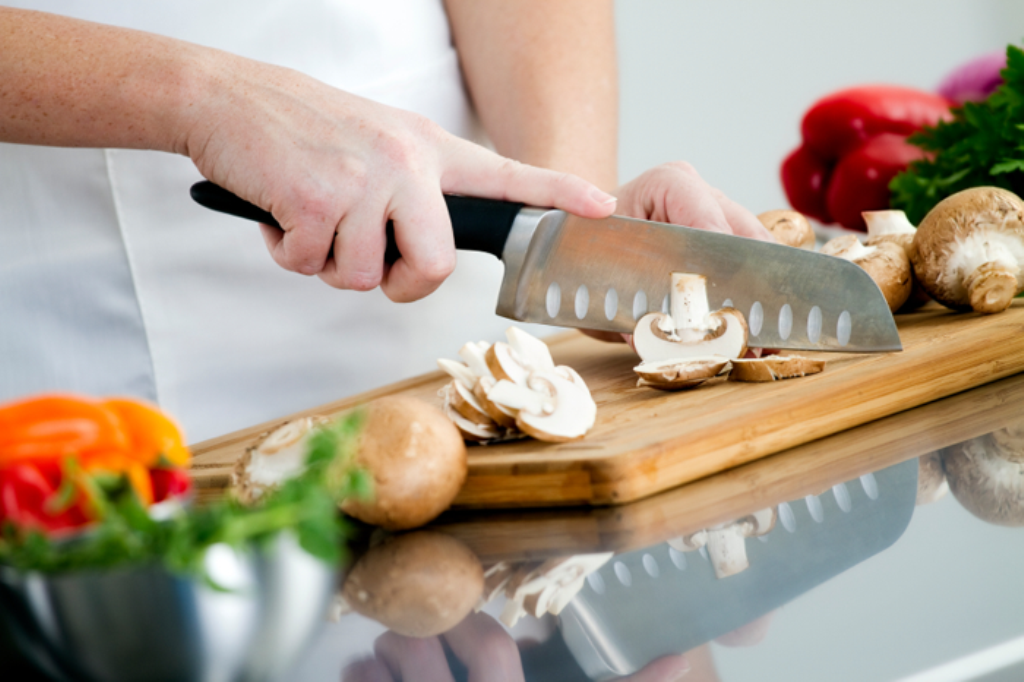As a kitchen professional, you understand the importance of maintaining your tools, especially when it comes to food safety and presentation. Cutting boards can easily become stained and harbor bacteria if not cleaned properly. In this article, we will delve into how to remove stains from cutting board effectively while ensuring that your board remains in excellent condition.
Stains on cutting boards can arise from various sources, including fruits, vegetables, meat, and spices. Whether your board is made of wood, plastic, or bamboo, there are tried-and-true methods to restore its pristine look. Let's unlock the secrets of cutting board care!

Understanding Your Cutting Board
Before diving into the cleaning methods, it's crucial to understand the types of cutting boards you might be working with. Here are the common materials:
- Plastic Cutting Boards: These are durable and often dishwasher-safe, but they can still stain.
- Wooden Cutting Boards: Timber boards offer a classic aesthetic but require more delicate care due to their porous nature.
- Bamboo Cutting Boards: These are sturdy and eco-friendly but can also absorb stains if not maintained correctly.
Common Sources of Stains
Understanding what causes stains can help in the prevention and selection of cleaning methods:
- Beetroot and Berries: These foods contain pigments that can easily stain plastic and wood.
- Tomato Sauce: Rich in acidity, this can leave persistent stains that are tough to remove.
- Tea and Coffee: Dark-colored liquids can seep into the surface of your cutting board.
How to Remove Stains from Cutting Board
Here are several tried-and-true methods for restoring your board's look:
1. Baking Soda Paste
Baking soda is a natural abrasive that can lift stains from cutting boards effectively. Mix together two tablespoons of baking soda with a bit of water to form a paste. Apply the paste to the stained areas and scrub with a soft cloth or sponge. Rinse thoroughly with water. This is especially effective on fixing warped boards.
2. Lemon Juice and Salt
The acidity of lemon juice combined with the abrasiveness of salt makes for a powerful stain remover. Sprinkle salt over the stained area, cut a lemon in half, and scrub the salt with the lemon half. This method not only cleans but also leaves a fresh scent!
3. White Vinegar Solution
For tougher stains and to sanitize your cutting board, use a solution of equal parts water and white vinegar. Apply this mixture to the stained area and let it sit for a few minutes before scrubbing. Rinse with warm water afterward.
4. Hydrogen Peroxide
For cutting boards that have absorbed particularly stubborn stains, hydrogen peroxide can be a more robust solution. Apply a thin layer directly onto the stain and allow it to sit for a few minutes before rinsing off. This method is safe for both plastic and wood but should be used sparingly.
Maintenance Tips for Cutting Boards
To ensure your cutting board remains in the best condition, follow these maintenance tips:
- Regular Cleaning: Clean your cutting board immediately after use to prevent stains from setting in.
- Conditioning Wooden Boards: Use mineral oil to keep wooden boards moisturized and avoid cracking.
- Separation of Boards: Utilize separate boards for meat and vegetables to reduce contamination.
When to Replace Your Cutting Board
Even with the best care, cutting boards dont last forever. Here are signs that it may be time for a replacement:
- Deep Grooves or Cracks: These can harbor bacteria and are difficult to clean thoroughly.
- Persistent Odor: If your cutting board retains food odors despite cleaning, it may be time for a new one.
Conclusion
Knowing how to remove stains from cutting board and implementing regular maintenance will ensure your kitchen tools stay in tip-top shape. A clean cutting board helps not only in presentation but also maintains food safety standards in your kitchen. For more information on knives and different cutting board materials, check out this article on cutting boards 101.

Frequently Asked Questions
What is the best way to clean a wooden cutting board?
The best method includes scrubbing with a mixture of baking soda and water or using lemon juice and salt to provide an abrasive cleaning effect.
Can I use bleach on my cutting board?
It is not recommended to use bleach, as it can be toxic and too harsh for most cutting board materials.
How often should I replace my cutting board?
Inspect your cutting board periodically. If you notice deep cuts, cracks, or odors, it might be time for a replacement without compromising hygiene.
As an Amazon Associate, I earn from qualifying purchases.


























